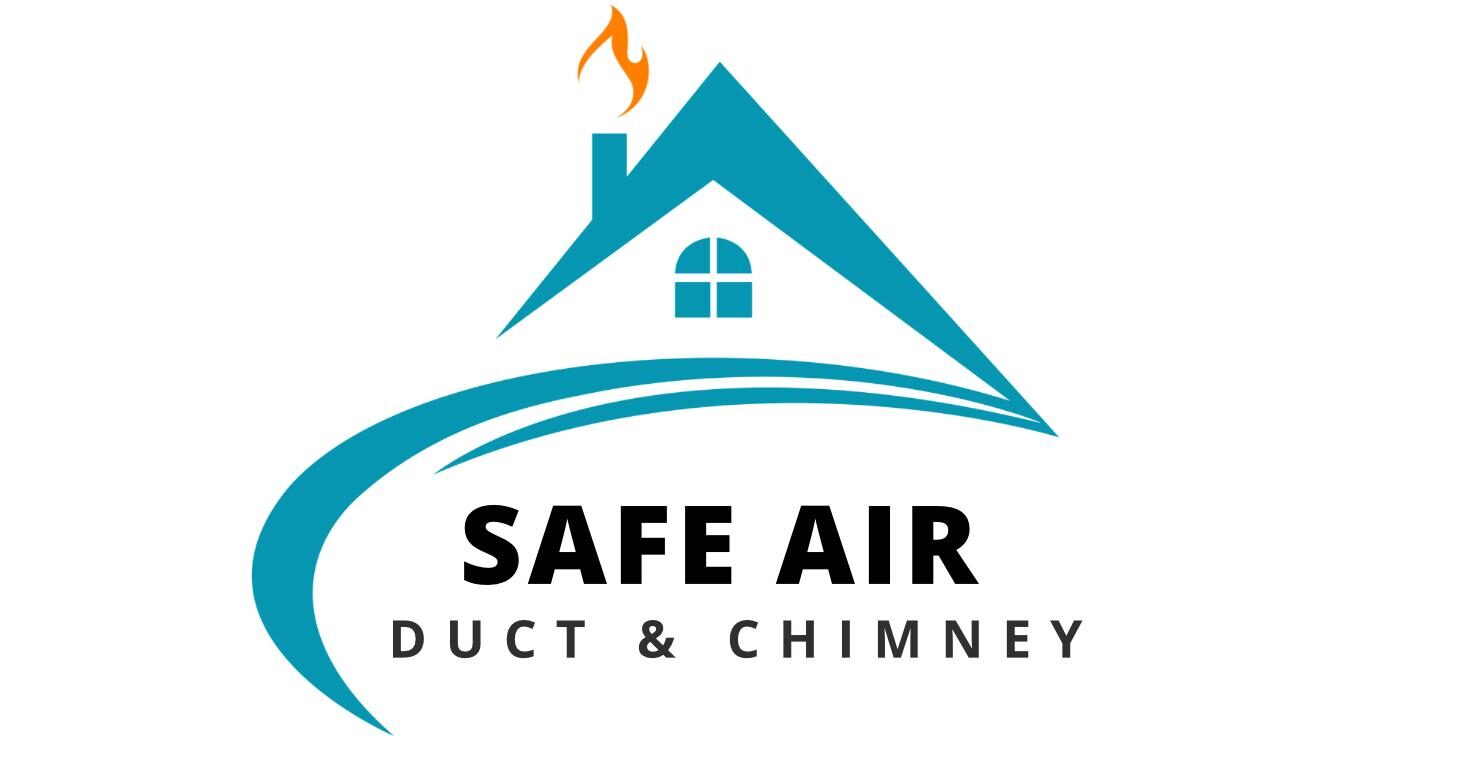Chimney Flashing Problems: How to Stop Costly Water Damage
What Are Chimney Flashing Problems and Why Do They Matter?
Chimney flashing plays a critical role in preventing water leaks where the chimney meets the roof. It consists of thin metal sheets installed around the base of the chimney to create a watertight seal. However, when flashing deteriorates, water can seep into your home, leading to mold, structural damage, and costly repairs.
Unfortunately, many homeowners do not realize they have chimney flashing problems until water stains appear on ceilings or walls. By learning how to identify, repair, and prevent flashing issues, you can avoid expensive damage and maintain your home’s structural integrity.

How to Identify Chimney Flashing Problems
Detecting early signs of chimney flashing failure is crucial for preventing extensive repairs. Look for these warning signs:
- Water stains on ceilings or walls near the chimney
- Mold or mildew growth inside your home
- Rust, peeling, or corroded flashing material
- Gaps or cracks between the flashing and chimney
- Dripping sounds or water pooling inside the fireplace
If any of these issues are present, it is best to schedule a professional chimney inspection before more serious damage occurs.
What Causes Chimney Flashing Problems?
Several factors contribute to flashing deterioration and water leaks. The most common causes include:
1. Poor Installation
Flashing must be installed correctly to create a watertight barrier. If either step flashing or counter flashing is missing, gaps may allow water intrusion.
2. Rust and Corrosion
Over time, materials like galvanized steel and aluminum are prone to rust. Once corrosion sets in, flashing becomes weak and starts leaking.
3. Cracked or Deteriorated Sealant
Flashing is often sealed with roofing cement or caulk, but these materials dry out and crack with age. This creates small openings where water can penetrate.
4. Structural Movement
As a home settles, slight shifts in the roof and chimney may cause flashing to separate, leading to leaks.
5. Storm and Weather Damage
Harsh weather, such as heavy winds, rain, and snow, can bend or tear flashing, exposing the chimney to moisture.
Addressing these problems quickly can prevent extensive water damage to your chimney and home.
How to Fix Chimney Flashing Problems
1. Seal Minor Gaps with Roofing Sealant
For small cracks or gaps, applying a high-quality roofing sealant can provide a temporary fix. However, this should not replace a professional repair.
2. Replace Rusted or Loose Flashing
If flashing is corroded or detached, a full chimney flashing replacement is required. A professional will:
- Remove the damaged flashing
- Install new step and counter flashing
- Apply waterproof roofing sealant to secure the flashing
3. Install a Chimney Cricket to Divert Water
For wide chimneys, adding a chimney cricket prevents water from pooling behind the chimney, reducing the risk of leaks.
4. Apply a Waterproof Sealant
Waterproofing the chimney prevents moisture from penetrating the bricks and flashing, adding an extra layer of protection.
For long-term solutions, consult a chimney repair professional to determine the best repair approach.
How to Prevent Chimney Flashing Problems
Taking preventative measures can extend the life of your chimney flashing and help you avoid expensive water damage.
1. Schedule Annual Chimney Inspections
Routine chimney inspections allow professionals to check for flashing deterioration, rust, or separation before leaks start. The Chimney Safety Institute of America (CSIA) recommends yearly inspections to prevent water-related issues.
2. Keep Gutters and Roof Clean
Clogged gutters cause water to overflow onto the roof, leading to excess moisture exposure near the flashing. Cleaning gutters regularly can help reduce chimney leaks.
3. Inspect Flashing After Storms
Strong winds and heavy rain can damage or loosen flashing. Inspecting the roof and chimney after storms can help you spot early signs of flashing problems.
4. Use High-Quality Flashing Materials
Choosing durable materials like stainless steel or copper provides better long-term protection compared to standard galvanized steel, which corrodes faster.
5. Ensure Proper Flashing Installation
A properly installed flashing system consists of:
- Step Flashing – Placed under roof shingles for effective water drainage
- Counter Flashing – Embedded into the chimney masonry to provide extra sealing
When installed correctly, flashing protects your home for decades.
Chimney flashing problems are a leading cause of roof leaks and costly water damage. Ignoring these issues can result in mold growth, structural decay, and expensive repairs. By identifying early signs of flashing failure, addressing minor issues quickly, and scheduling regular inspections, you can prevent major home damage.
If your chimney flashing is loose, rusted, or leaking, schedule a professional chimney inspection today to avoid further damage.


